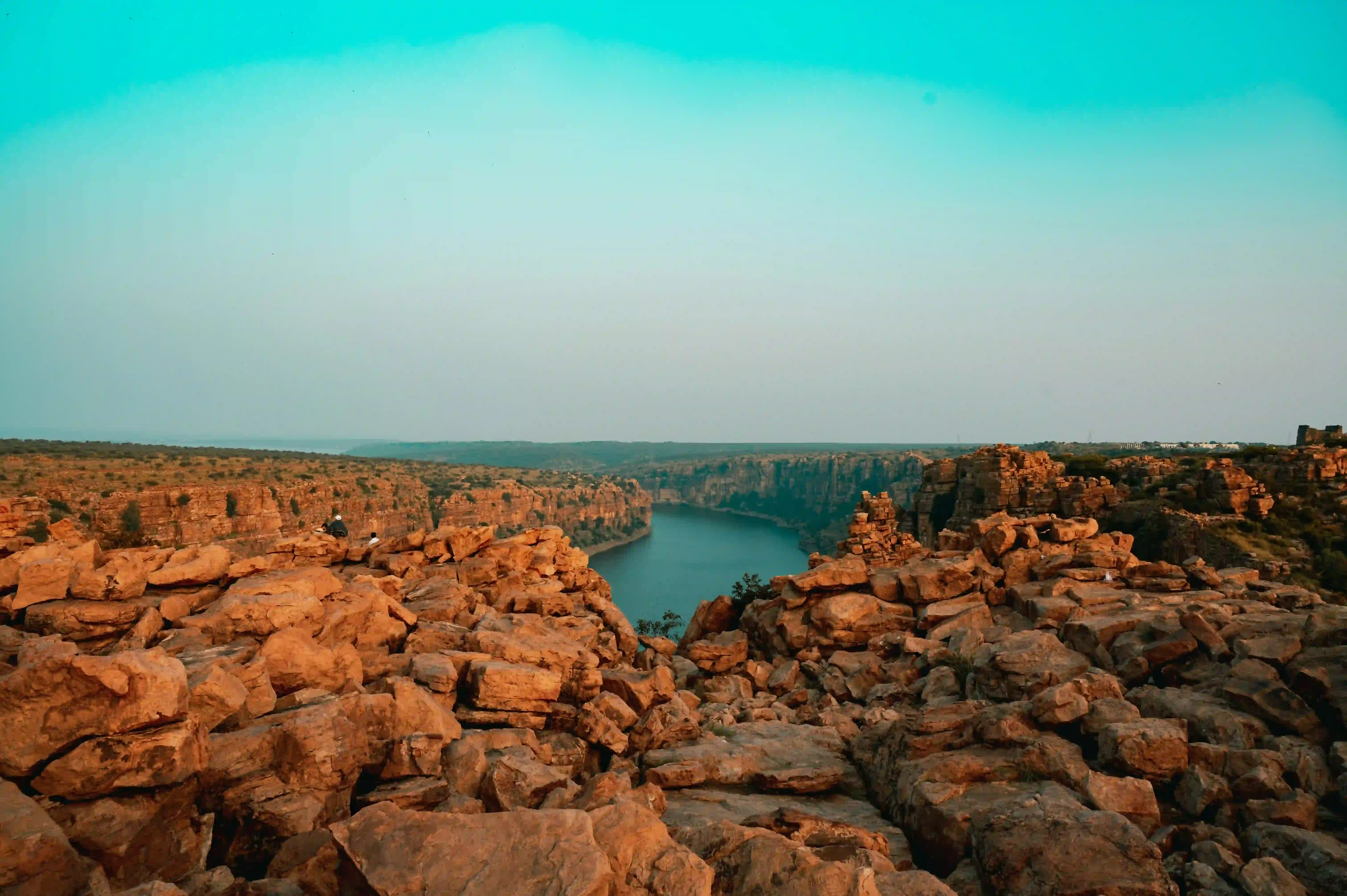Lal Khan's Tomb stands as a profound testament to the complex historical landscape of 18th-century Varanasi, embodying the intricate political and cultural transitions of a transformative era. Situated just north of the Malviya Bridge, this remarkable monument represents more than a mere architectural structure—it is a narrative woven into the fabric of a city experiencing significant metamorphosis during the gradual decline of the Mughal Empire.
The tomb's historical context is deeply intertwined with the emergence of independent states following Aurangzeb's death in 1707. Varanasi, under the governance of Mir Rustam Ali and later controlled by Mansaram and his son Balwant Singh, became a crucible of political reconfiguration. Lal Khan, a trusted minister and commander in Balwant Singh's court, emerged as a significant figure during this transitional period, known for his strict law enforcement and substantial contributions to the city's development.
Architecturally, the tomb exemplifies the sophisticated Mughal-Timurid design principles, meticulously constructed within a traditional char bagh layout. The structure rises from a high square platform, crowned with an imposing dome and flanked by four elegant minarets. Although the vibrant cobalt and turquoise tiles set in pink sandstone have faded with time, the monument's design remains a compelling representation of the architectural aesthetics prevalent during the late Mughal period.
The location of Lal Khan's Tomb was strategically chosen, reflecting both personal wishes and political symbolism. Lal Khan's final request was to be buried where he could metaphorically maintain surveillance over the royal gateway—a desire fulfilled by Maharaja Balwant Singh. This placement underscores the intricate personal and political relationships that defined governance in 18th-century Varanasi.
Archaeological significance further enriches the tomb's narrative. Located near the ancient archaeological remains of Rajghat, which date back to the 8th century BCE, the site offers a multilayered historical perspective. These archaeological remnants, first revealed during the Kashi Railway station's expansion in 1940, provide tangible connections to the region's deep historical roots, complementing the tomb's more recent historical significance.
The cultural landscape surrounding Lal Khan's Tomb is equally captivating. Varanasi, renowned for its diverse cultural tapestry, has long been a convergence point for Hindu and Muslim traditions. Lal Khan's tomb symbolizes this cultural complexity, representing a nuanced period of coexistence and mutual influence. The monument serves not just as a memorial but as a physical manifestation of the city's rich, multifaceted heritage.
Protected by the Archaeological Survey of India (ASI), the tomb represents an important component of India's historical conservation efforts. The ASI's presence, with its office strategically located within one of the garden's corner chhatris, underscores the monument's national historical significance. This institutional protection ensures that the stories and architectural details of Lal Khan's Tomb continue to be preserved and studied.
In contemporary times, the tomb remains a relatively unexplored historical site, offering a unique perspective for history enthusiasts and architectural researchers. Its location provides a serene contrast to Varanasi's more populous tourist destinations, allowing visitors a more contemplative engagement with the city's complex historical narrative. As a lesser-known yet profoundly significant monument, Lal Khan's Tomb invites careful exploration and deeper understanding of the intricate historical transitions that shaped the region.






